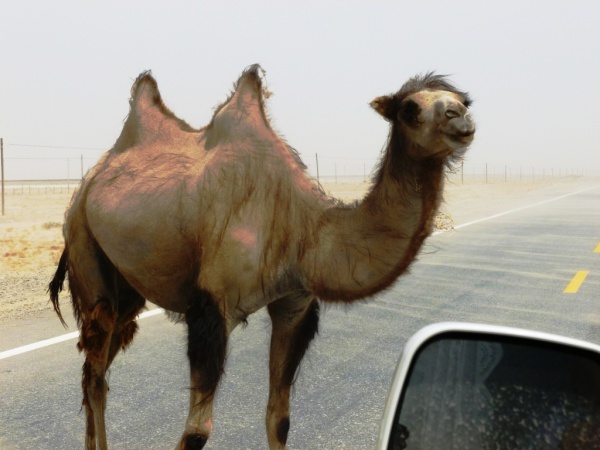Facts About Wild Bactrian camel
The wild Bactrian camel, a critically endangered species, roams parts of northern China and southern Mongolia. Unlike its domesticated counterpart, the wild Bactrian camel diverged genetically about 1.1 million years ago. Today, only around 1,000 of these resilient creatures remain, primarily within protected nature reserves in China and Mongolia.
These camels have evolved remarkable adaptations to thrive in harsh desert environments. They can consume snow for hydration and tolerate saltier water than most other mammals. Physically, they differ from domesticated Bactrian camels in size, shape, and genetic makeup. These wild camels inhabit arid regions with scarce water and limited vegetation.
However, the wild Bactrian camel faces several threats, including illegal hunting, habitat loss, hybridization with domesticated camels, and competition for limited resources. To combat these challenges, China, Mongolia, and organizations like the Wild Camel Protection Foundation are working tirelessly to protect and boost the population of these endangered animals. Their efforts include establishing nature reserves, implementing captive breeding programs, and exploring new habitats for potential reintroduction.
Despite these initiatives, the wild Bactrian camel remains critically endangered, with a looming risk of further decline. The species' survival hinges on ongoing conservation efforts to preserve its unique genetic heritage and ensure its continued existence in the wild.

 China
China